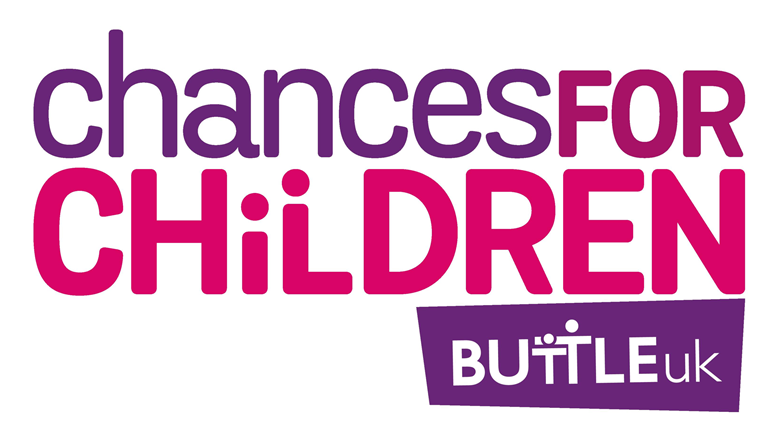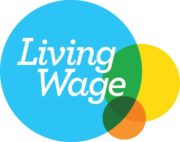End Child Poverty releases new statistics
Child poverty is becoming the ‘new normal’ in parts of Britain as fastest rises in poverty hit the poorest areas.
- Impoverished areas see the greatest rises in child poverty.
- Child poverty highest in big cities, particularly London, Birmingham and Greater Manchester.
- 500,000 more children are having their lives limited by poverty today than at the start of the decade.
- In 10 constituencies across Britain, over 50% of children are growing up in poverty.
- In some areas of the South East more than 30% of children are growing up in poverty.
Buttle UK CEO, Joseph Howes spoke to KMFM Radio about the figures in the South East:
The data, published by the End Child Poverty Coalition, highlights how worrying levels of child poverty vary across Britain and shows that poverty is on the rise – and rising fastest in places where it is already highest.
Researchers from Loughborough University estimated the numbers of children locked in poverty in each constituency, ward and local authority area across Britain, showing that child poverty is rising particularly rapidly in parts of major cities, especially London, Birmingham and Manchester, suggesting that inequality between areas is growing.

These new figures from the End Child Poverty Coalition show that the situation for some of the areas of the UK, that are already the most deeply affected by poverty, is worsening and that means growing problems for the most vulnerable children living in these areas. While this is unacceptable across the UK as a whole, it is particularly troubling to see it is places in the South East where some of the greatest wealth in the UK is centred.
Buttle UK sees the consequences of the situations these children are in everyday through applications we receive for our Chances for Children grants, and it is heartbreaking. Children who, for example, are missing basic essentials – like their own bed to sleep in. But we, like the other members of the End Child Poverty Coalition, only have the resources to do so much. What we really need at this stage is the for all UK political parties to prioritise this issue and work with the voluntary sector to start to reverse these figures.

We know what causes child poverty and we know how to end it. We know that the income of less well-off families has been hit by severe real-terms cuts in benefits and by higher housing costs. And we know that work alone does not guarantee a route out of poverty, with two thirds of child poverty occurring in working families.
Yet in many areas growing up in poverty is not the exception it’s the rule with more children expected to get swept up in poverty in the coming years, with serious consequences for their life chances. Policymakers can no longer deny the depth of the problem or abandon entire areas to rising poverty. The Government must respond with a credible child poverty-reduction strategy.
The Government’s own data shows that child poverty in the UK has been rising steadily in recent years. This just isn’t right.
Growing up in poverty means growing up trapped. It restricts a child’s chances of doing well at school, of living a healthy and happy life, and of finding well paid work as adults. We urgently need Government to set a course of action that will free our children from the grip of poverty.
End Child Poverty is calling for Government to set out an ambitious and credible child poverty-reduction strategy, including:
- Restoring the link between benefits (including housing support) and inflation, and then making up for the loss in the real value in children’s benefits as a result of the 4-year freeze and previous sub-inflation increases in benefit rates.
- Ending the two-child limit on child allowances in tax credits and universal credit-and reforming Universal Credit;
- Reversing the cuts and investing in children’s services such as mental health, education, childcare and social care.
Read the full report here.





